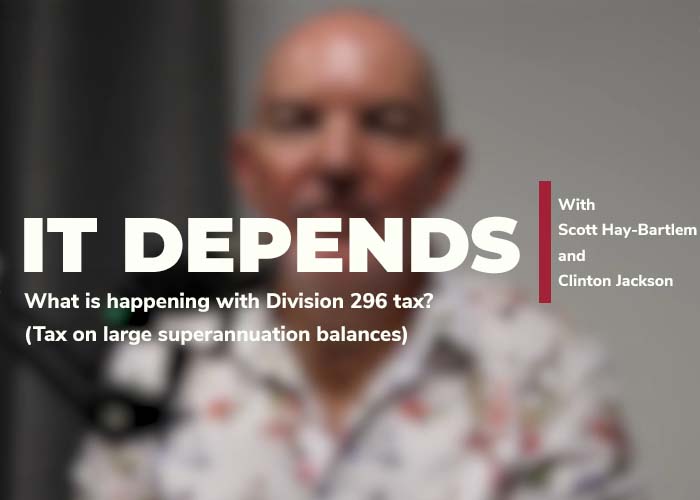Do you operate a sideloader or a vehicle that uses fuel to power a refrigeration unit or other equipment? You may be entitled to more fuel tax credits than you think.
Fuel tax credits and road user charges
The ‘fuel tax credit’ (FTC) is generally 38.9 cents per litre. However, to the extent that you acquire, manufacture or import taxable fuel to use in a heavy vehicle, for travelling on a public road, your FTC is reduced by the ‘road user charge’ (RUC) (26.14 cents per litre). The result of the RUC applying is that you are only entitled to a partial FTC of 12.76 cents per litre in respect of that fuel.
In Linfox Australia Pty Ltd v Commissioner of Taxation [2012] AATA 517 the Administrative Appeals Tribunal considered the meaning of ‘fuel to use, in a vehicle, for travelling on a public road’.
The case restricted the meaning of the phrase, and under the more restrictive interpretation, less fuel may be subject to the RUC, resulting in greater entitlements to fuel tax credits.
Meaning of ‘fuel to use, in a vehicle, for travelling on a public road’
Linfox used refrigerated trailers to transport perishable goods that were required to be kept at specified temperatures. The fuel used to power the refrigeration units was kept in a separate tank to the fuel that was supplied to the engine of the vehicle. The Tribunal held that despite the fact that the trailer carrying the refrigeration unit was travelling on the road, the fuel used to power it was not used ‘for travelling on a public road’.
The Commissioner acknowledged in his Decision Impact Statement that the Tribunal’s reasoning revised the position for fuel used to power auxiliary equipment not connected with travelling on the public road. The Commissioner’s position is as follows.
This revision will impact the heavy trucking, cement manufacturing, and coach and bus industries … Specifically, fuel used to operate any apparatus or piece of machinery on a vehicle that is not for the purpose of travelling is no longer considered to be ‘fuel used in a vehicle, for travelling’. Some examples of machinery of this nature are the hydraulic arm lift of a garbage collection vehicle, the mixing bowl of a cement truck, the refrigeration unit on a perishables transportation truck and air-conditioning units of commercial buses and coaches.
This analysis would extend to sideloaders and other heavy vehicles using fuel to power equipment not used for travelling. The Commissioner’s position suggests that he will accept the RUC does not apply to the fuel used to power and operate the sideloader’s lifting arms since the arms are auxiliary equipment.
What happens if all of the fuel is in the same tank?
The Commissioner acknowledges that the RUC is only imposed to the extent that the fuel is used for travelling on a public road. This is the case regardless of whether the fuel is kept in different tanks, like in Linfox, or in the same tank.
Where fuel is kept in the same tank, a ‘fair and reasonable’ apportionment must be made.
Beware: time limits
There are strict time limits on claiming unclaimed FTC. You cannot claim a FTC after four years from the day on which you were required to give the Commissioner a tax return to which the FTC is attributed.
Need help agreeing an apportionment with the ATO?
Our team can help negotiate an apportionment that the ATO will consider ‘fair and reasonable’ in the circumstances.



